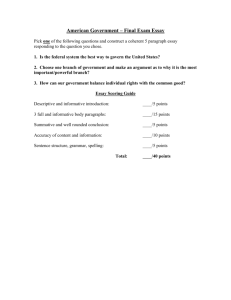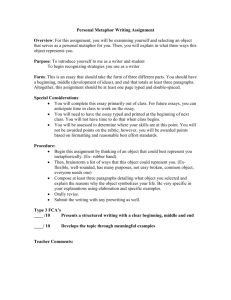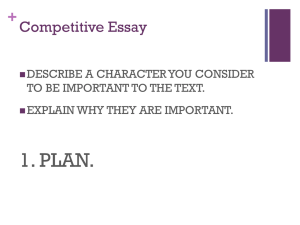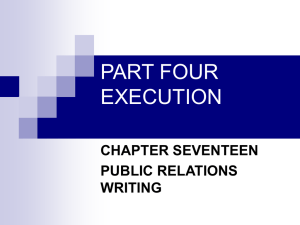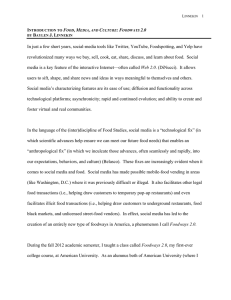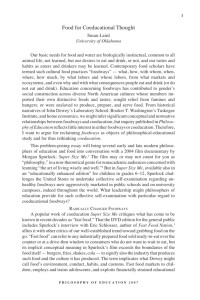Family Cultural Expressions Essay Assignment
advertisement
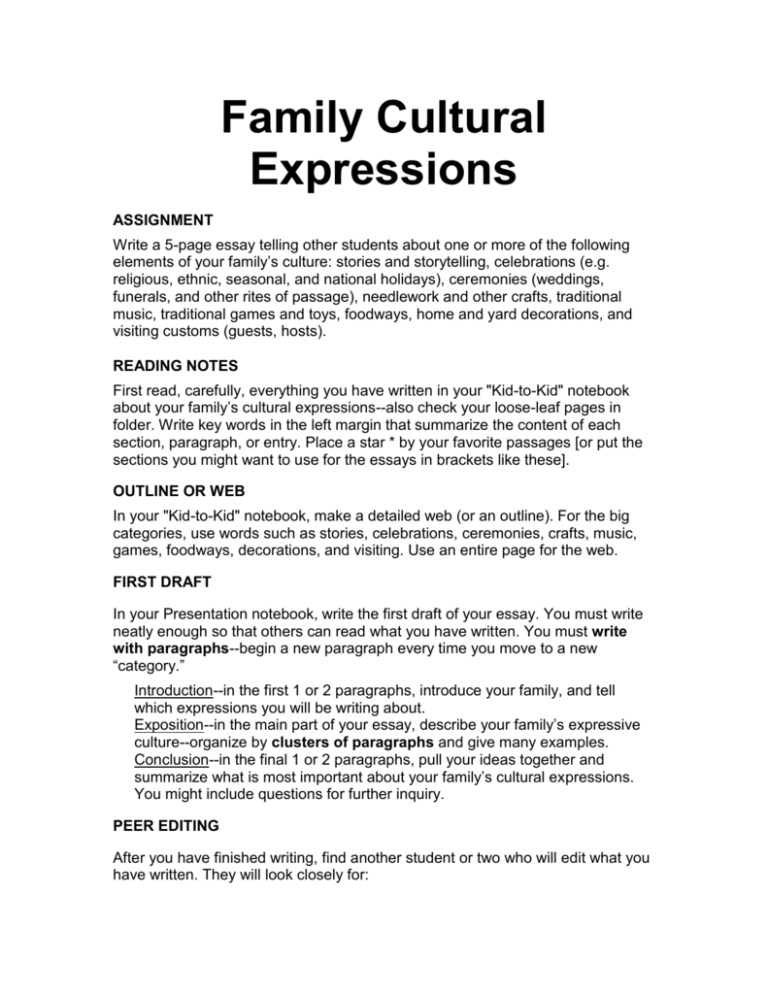
Family Cultural Expressions ASSIGNMENT Write a 5-page essay telling other students about one or more of the following elements of your family’s culture: stories and storytelling, celebrations (e.g. religious, ethnic, seasonal, and national holidays), ceremonies (weddings, funerals, and other rites of passage), needlework and other crafts, traditional music, traditional games and toys, foodways, home and yard decorations, and visiting customs (guests, hosts). READING NOTES First read, carefully, everything you have written in your "Kid-to-Kid" notebook about your family’s cultural expressions--also check your loose-leaf pages in folder. Write key words in the left margin that summarize the content of each section, paragraph, or entry. Place a star * by your favorite passages [or put the sections you might want to use for the essays in brackets like these]. OUTLINE OR WEB In your "Kid-to-Kid" notebook, make a detailed web (or an outline). For the big categories, use words such as stories, celebrations, ceremonies, crafts, music, games, foodways, decorations, and visiting. Use an entire page for the web. FIRST DRAFT In your Presentation notebook, write the first draft of your essay. You must write neatly enough so that others can read what you have written. You must write with paragraphs--begin a new paragraph every time you move to a new “category.” Introduction--in the first 1 or 2 paragraphs, introduce your family, and tell which expressions you will be writing about. Exposition--in the main part of your essay, describe your family’s expressive culture--organize by clusters of paragraphs and give many examples. Conclusion--in the final 1 or 2 paragraphs, pull your ideas together and summarize what is most important about your family’s cultural expressions. You might include questions for further inquiry. PEER EDITING After you have finished writing, find another student or two who will edit what you have written. They will look closely for: ideas and content (focused, detailed examples), organization (clusters of paragraphs, introduction, transitions, conclusion), voice (appropriate for purpose and audience, reveals author’s experience), word choice (clear, specific, lively, and natural words), sentence fluency (variety of lengths and structures, complete sentences), and conventions (capitalization, spelling, grammar, punctuation, handwriting). FINAL DRAFT On loose-leaf paper, take what you learned from peer editing to rewrite your first draft into a final draft using your best ideas, organization, words, mechanics, and handwriting. Write a title for your essay on the top line--and your name. Hand in with peer editing form.



